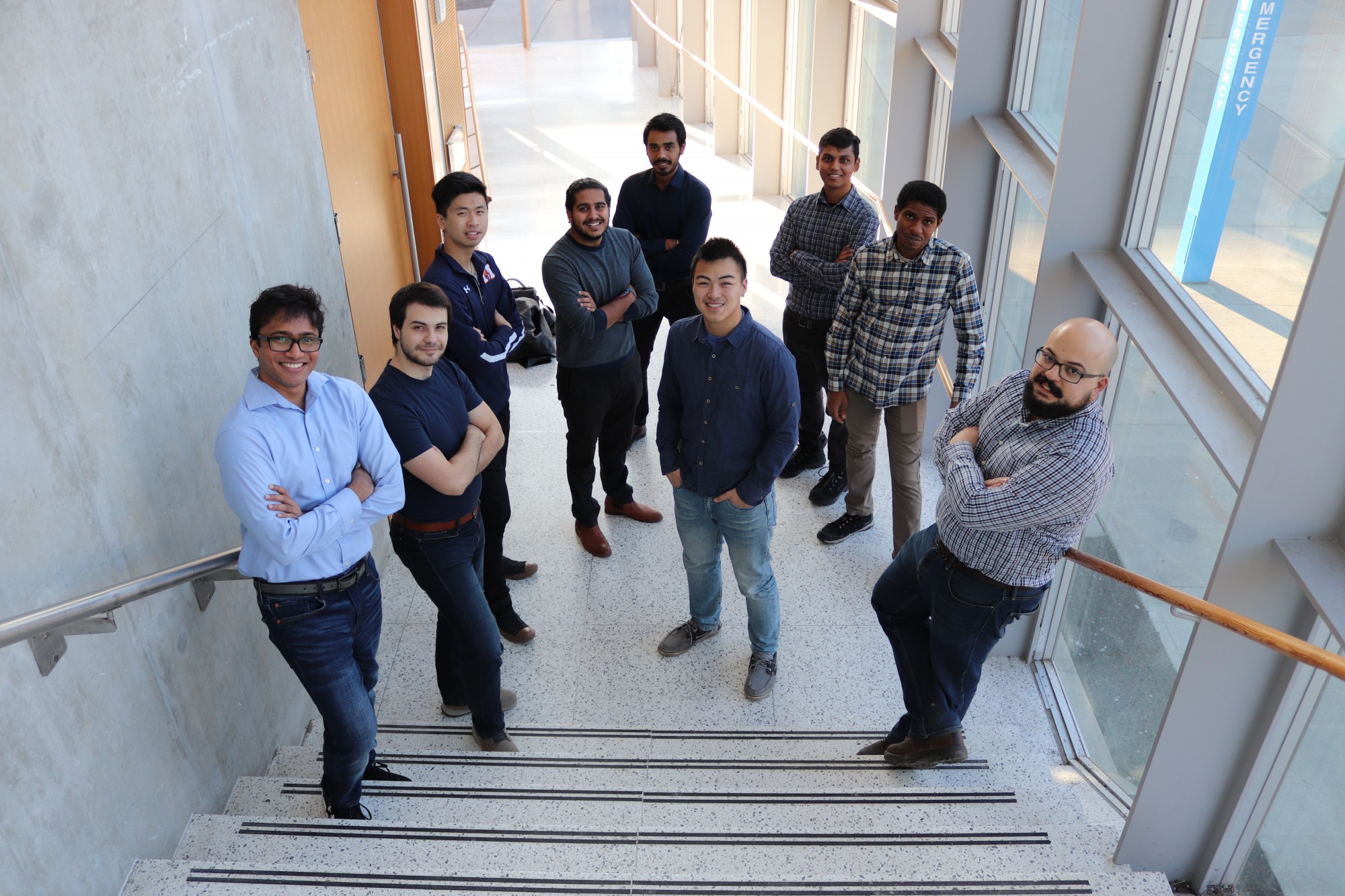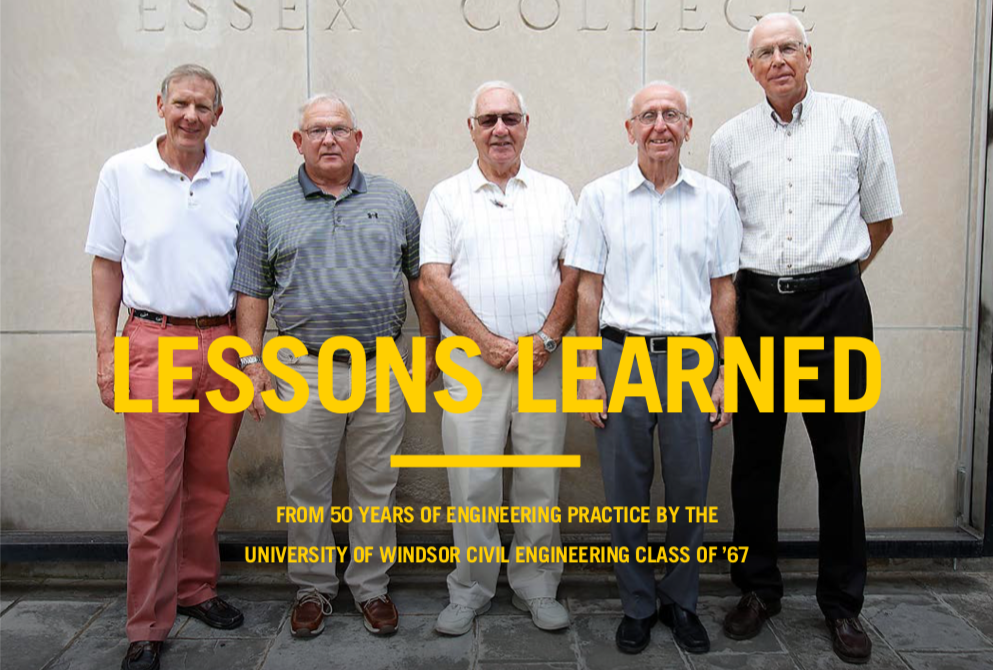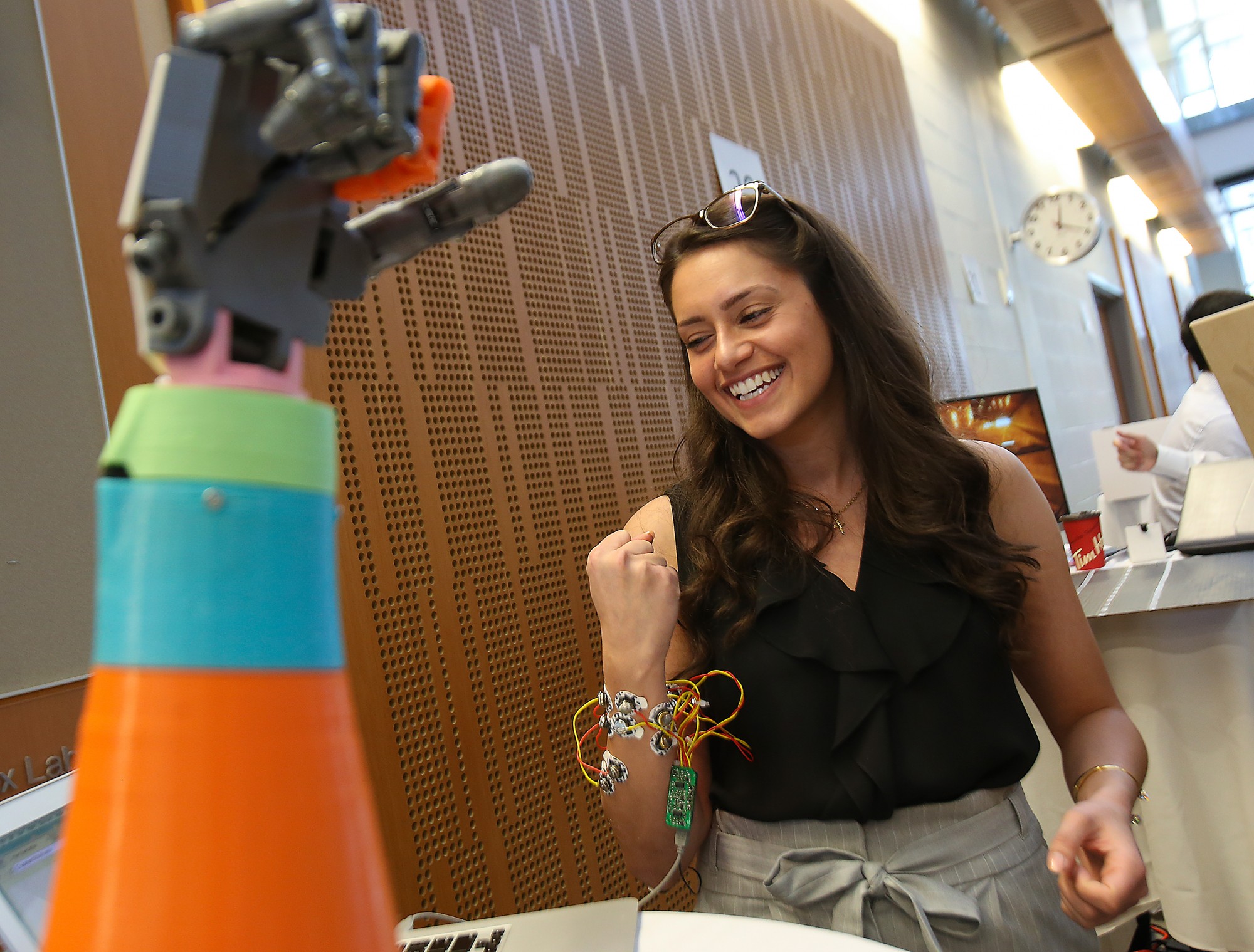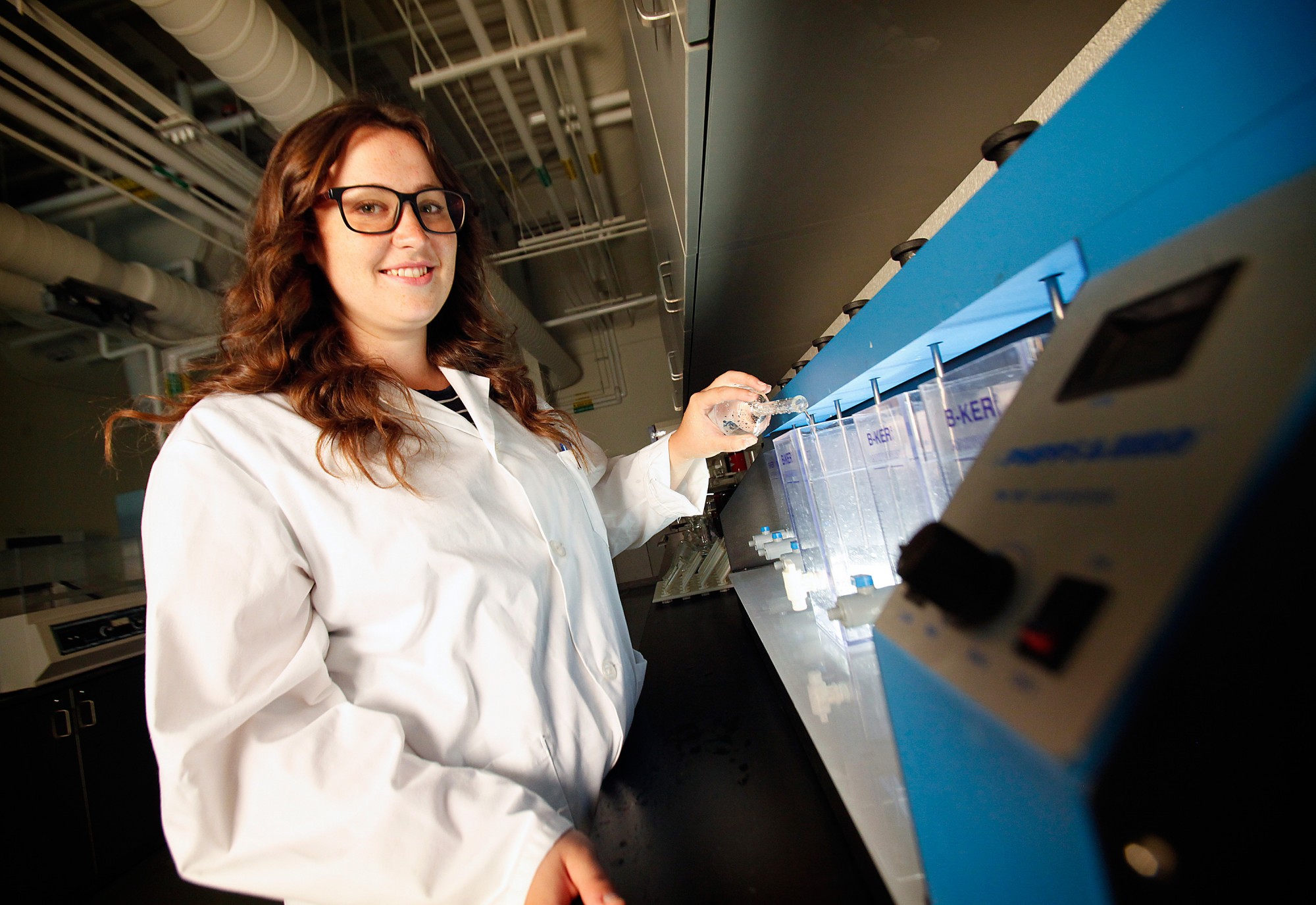
UWindsor’s Hyperloop team is one of 52 teams worldwide to advance in a competition that encourages innovations in high-speed transportation.
The team formed in 2017 and hasn’t stopped working towards its goal of creating an electrically powered linear induction motor to propel a levitating pod through a sealed tube at speeds over 500 km/h. The group’s initial design work has helped them advance in SpaceX’s Hyperloop Pod Competition.
“We’re very dedicated to this,” says Stefan Sing, the team lead and founder who’s in his third year of mechanical engineering. “We’ve invested heavily in the linear induction motor and haven’t stopped making revisions. The team has been doing a stellar job.”
The team of 25 meets five times a week and ranges from undergraduate to graduate students studying mechanical, electrical and industrial engineering, and computer science.
— Published on Dec 21st, 2020

In Canada’s centennial year, 13 civil engineering graduates from Ontario’s newest public university entered into an unsuspecting world to compete for internship positions against those who graduated from older, more prestigious institutions.
In 2017, six members of the class returned to campus to rekindle friendships, poke fun at their convincing old men disguises, and offer the following observations and suggestions to those who are following in their footsteps.
Engineers are the primary life-support providers for the seven billion messy people crowded on planet Earth. They rely upon us to put science into action to satisfy their rapacious needs and to accommodate the estimated one billion newbies added to this planet every 12 to 15 years.
Their expectation is that these needs be satisfied not only quickly, safely and affordably, but sustainably as well. Welcome to our busy profession. Our effectiveness as engineering practitioners depends upon our ability to research, develop and apply the newest scientific discoveries and technological advances wisely.
— Published on Jan 5th, 2021

The exciting part of working on a project redesigning the intersection of California Avenue and Wyandotte Street is the possibility of seeing it implemented, says Emma Teskey.
A fourth-year civil engineering student, she was part of a group that suggested several changes to the pavement and traffic signalling systems that would make the crossing safer for pedestrians and smoother for vehicles.
It was one of more than 60 projects displayed by graduating engineering students during Capstone Design Demonstration Day, Friday in the Centre for Engineering Innovation.
Teskey and her teammates — Abigayle Diemer, Kailee Dickson, Curtis Lanoue, and Sarah Zaarour — suggested altering the traffic signals so that cars and trucks are stopped in all directions while pedestrians cross, a system known as the “pedestrian scramble.” They also proposed adding wide white stripes to the crosswalk pavement and relocating a transit stop so buses do not block the intersection.
— Published on Jan 7th, 2021

Christina Ure is completing her Master of Applied Science in Environmental Engineering.With a foundation in environmental engineering, Christina Ure knows the future is hers to build.
That’s because her degree from the University of Windsor makes her adept in the valuable art of solving problems.
“As an environmental engineer, we do a lot of problem-solving work for some of the world’s biggest issues,” Ure said. “That gives us a really good base for other fields – whether that’s business, law or medicine.”
— Published on Jan 9th, 2018




